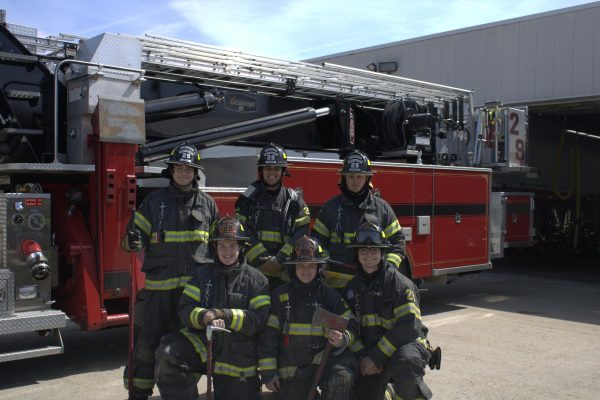Read it and weep: the childhood magic is gone
Alohomora! “Harry Potter and the Cursed Child” reopened the door to many childhoods when it was released on Harry Potter’s birthday, July 31, 2016. After nine years, Potterheads finally have the chance to relive the magical world of Hogwarts, polyjuice potion and spells of their youth. My childhood memories of reading Harry Potter will live on forever, but the magic I remember has dwindled in the newest addition to the series.
“Harry Potter and the Cursed Child” is a stage play written by Jack Thorne and is based on a story by Thorne, J.K. Rowling and John Tiffany. It allows readers to see how Harry Potter, the chosen one, has adapted to a life without Lord Voldemort where he is now a Ministry of Magic employee and father of three.
After 19 years, Harry, Ron and Hermione have been battling parenthood instead of the Dark Lord. Married with children and families of their own, they attempt to find the balance between work and being parents. Harry struggles while trying to relate to his son, Albus, who is sorted into Slytherin, does not excel at Quidditch and whose best friend is Scorpius Malfoy, the son of Potter’s adolescent arch nemesis. The entirety of the book follows the two young boys, their friendship and their fathers who cannot seem to understand them.
Throughout the course of the story, Albus and Scorpius try to alter history in an attempt to save Cedric Diggory’s life. After hearing Amos Diggory’s pleads to Harry to use a Time-Turner to go back in time to reverse his son’s death during the Triwizard tournament, Albus is determined to save the innocent boy’s life. It is like a parody of the original stories where the entire fate of the wizarding world rests in the hands of two boys with a contraband Time-Turner.
The book is one giant story packed with awkward jokes about muggles, disagreeing spouses and overbearing parents. It opens with the articulately composed ending to Rowling’s seven works of art, and then tarnishes it by drawing out a perfect finish in an over-dramatic and poorly written journey. It is physically impossible to form real connections to the characters or plot.
There is obviously a difference between reading a stage-play and watching it performed, but I cannot imagine the play would be much better. The plot struggles to connect and weave together the loose ends that are constantly being thrown in for dramatic effect. The battle between father and son is abrupt and nonsensical.
In one scene, Harry, the boy whose life was saved by his mother’s love, bluntly tells his son that he sometimes wishes that he wasn’t his child.
To further drive home the nonsense, we learn that Voldemort had a daughter, because it makes sense that a man who was incapable of love had a daughter with the malicious Bellatrix Lestange. It’s all too convenient and must have been easier to try to confuse readers rather than give them something worth reading.
“Harry Potter and the Cursed Child” reminded me why I love the original seven books. Reading something so awful forced me to compare it to Rowling’s magical work that I grew up reading and watching on screen.
Although the majority of the book made me cringe because it reads like a bad fan fiction, not all of the moments belong at the bottom of the Black Lake. At the end, Harry and Albus do patch up their relationship in a touching reunion where they save the world and preserve the past. It makes me want to apologize to my parents for being a bratty teenager, but that’s about it. There is no emotional attachment whatsoever.
Rowling said, “It is impossible to live without failing at something, unless you live so cautiously that you might as well not have lived at all in which case, you fail by default.”
In this case, “Harry Potter and the Cursed Child” failed, but at least the author tried.





